
Steel silos tower over the Midwest, packed with soybeans and corn farmers can’t sell at break-even prices. Grain elevators from Ohio to Iowa are overflowing as production costs outstrip market returns.
“We’ve already beat last year in terms of Q1 national filings,” said Ryan Loy, an agricultural economist, warning that farm bankruptcies are accelerating.
As tariffs, debt, and high interest rates collide, is America quietly sliding into another farm crisis?
Why Are Farmers Facing Bankruptcy?
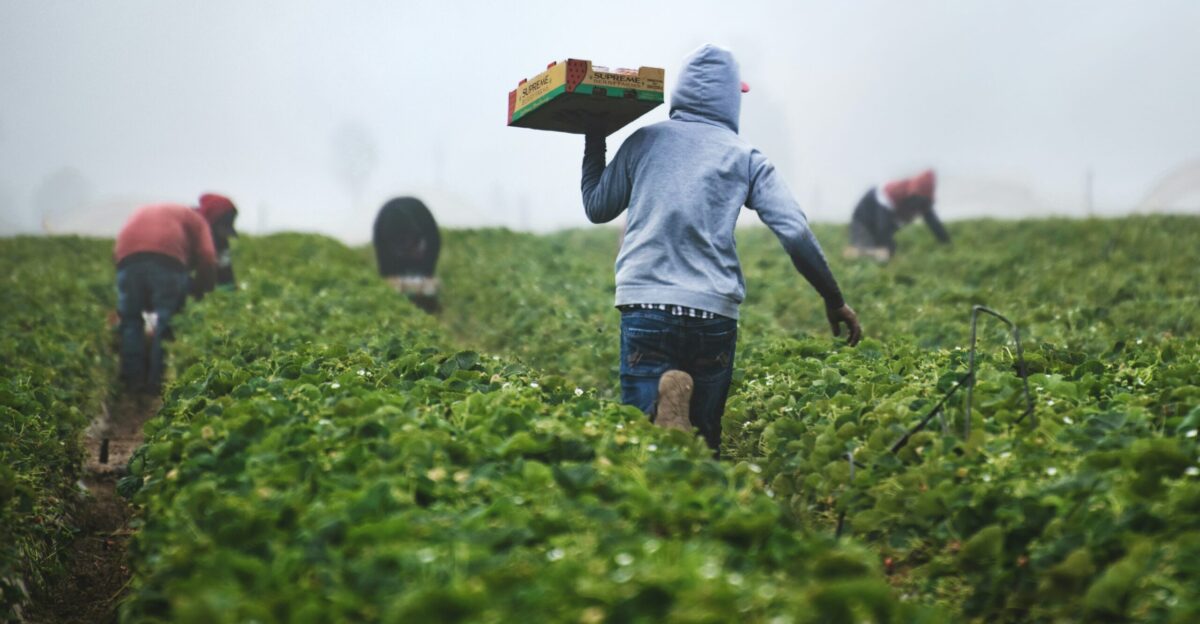
A crisis has hit the American heartland this year. What began as a trade standoff between Washington and Beijing has spiraled into a full-blown agricultural collapse. For thousands of farmers, the cause can be traced to one policy move in early 2025 that set off a devastating chain reaction.
It started with tariffs—and the fallout spread faster than anyone expected.
Tariffs That Triggered a Trade War

In February, President Trump imposed a 10% tariff on Chinese goods, doubling it to 20% just a month later. China swiftly retaliated with its own measures targeting U.S. agriculture, striking hardest at soybeans—the backbone of American farm exports.
By early April, Trump escalated again, introducing sweeping “Liberation Day” tariffs on nearly all imports. But Beijing’s next move would push farmers into crisis.
China Turns Off the Tap
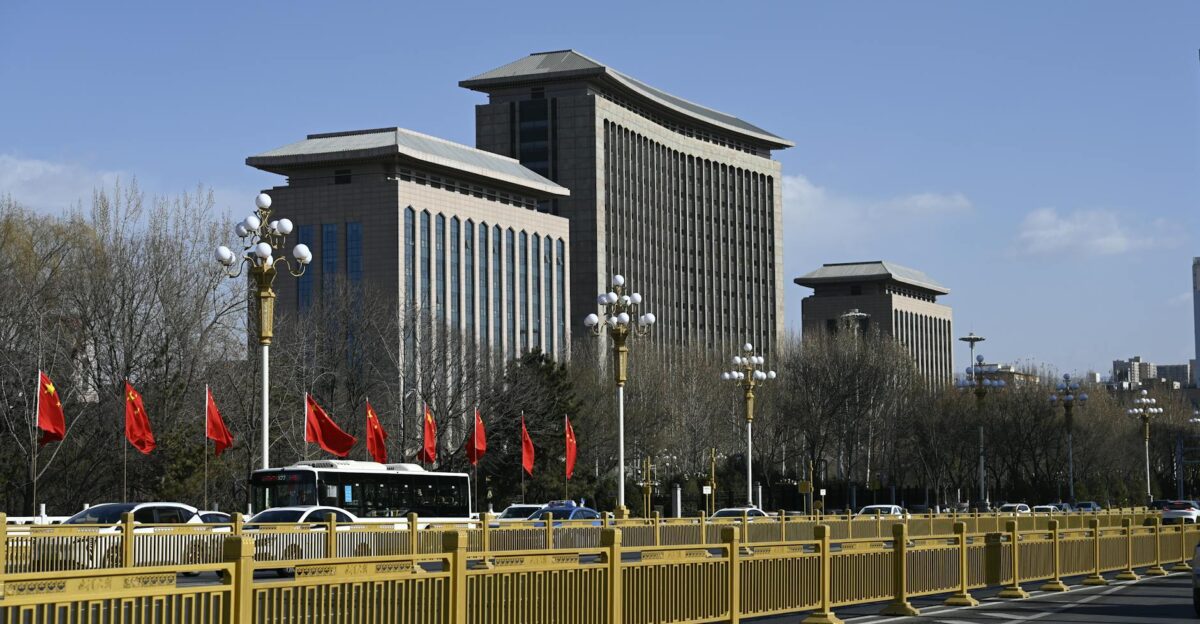
China, the world’s largest soybean buyer, halted U.S. purchases beginning in May. The blow was immediate and severe, with the Federal Reserve Bank of Minneapolis confirming widespread concern among farm contacts.
With tariffs stacking up to a total duty rate of 34%, U.S. soybeans became roughly $2 per bushel more expensive than South American competitors. The market America once dominated was gone overnight.
Exports Collapse, Losses Mount

From January to August, U.S. soybean exports to China plunged to just 218 million bushels—less than a third of total shipments. By summer, they had effectively dropped to zero, marking China’s first month without U.S. soybeans since 2018.
By mid-September, overall export commitments were down 37%, with farmers losing an estimated $5.7 billion in sales. Yet the harvest was only getting started.
Too Much Supply, Too Few Buyers
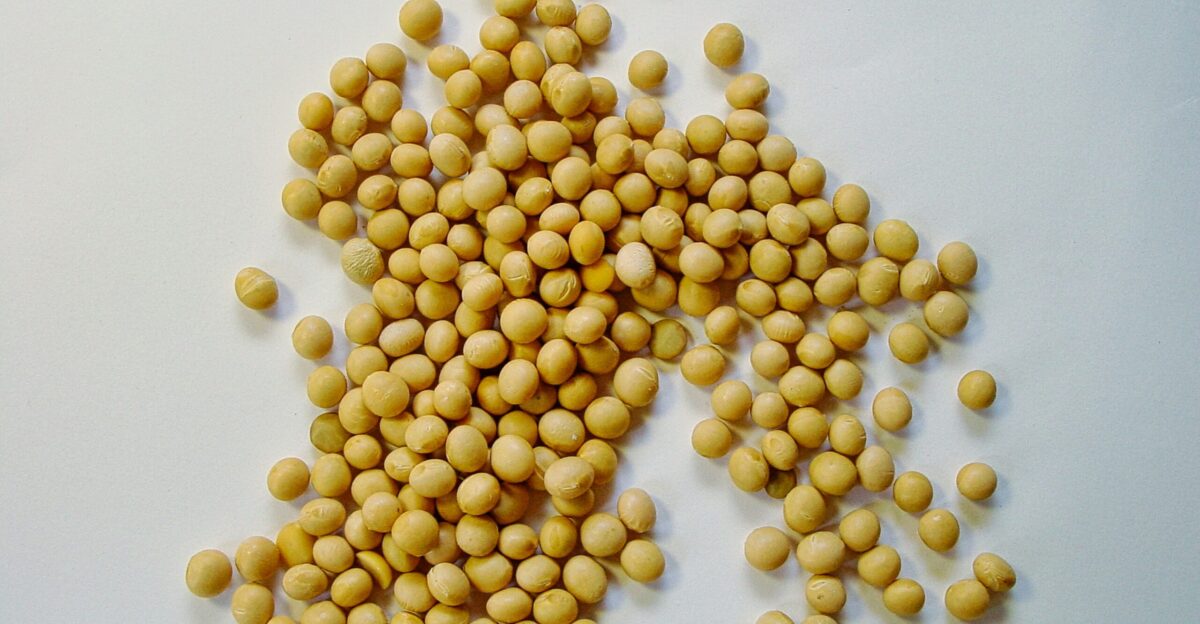
Farmers are producing a projected 4.3 billion bushels of soybeans this year, averaging 53.5 bushels per acre. But with export markets drying up, the massive yield has nowhere to go.
Storage is scarce, especially as corn production hit a record 16.7 billion bushels. With silos full and prices sinking, the financial strain on rural America is reaching a breaking point.
Consumers Feel the Pinch
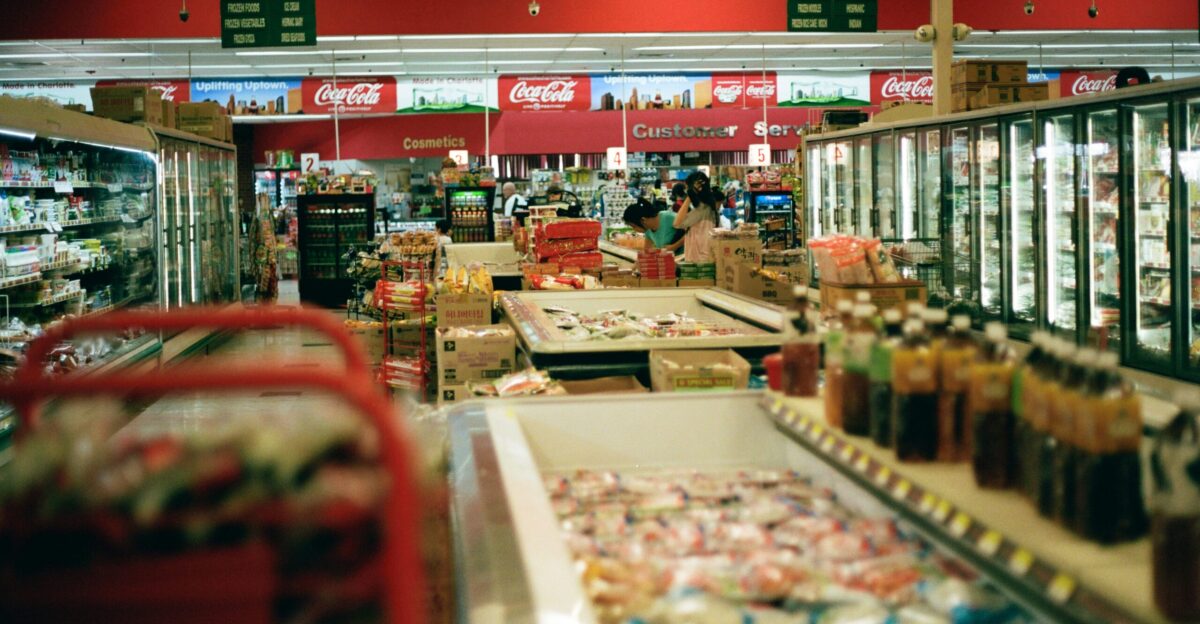
Grocery prices are rising as farm incomes collapse. Food-at-home costs jumped 2.7% year-over-year in August , with meat and dairy prices spiking despite robust corn and soybean harvests.
Beef rose over 13% due to past droughts, while retail dairy prices climb even as farm-gate milk falls. With consumers paying more, the strain on households is mounting—how long can it last?
Agribusiness Restructuring Hits Jobs
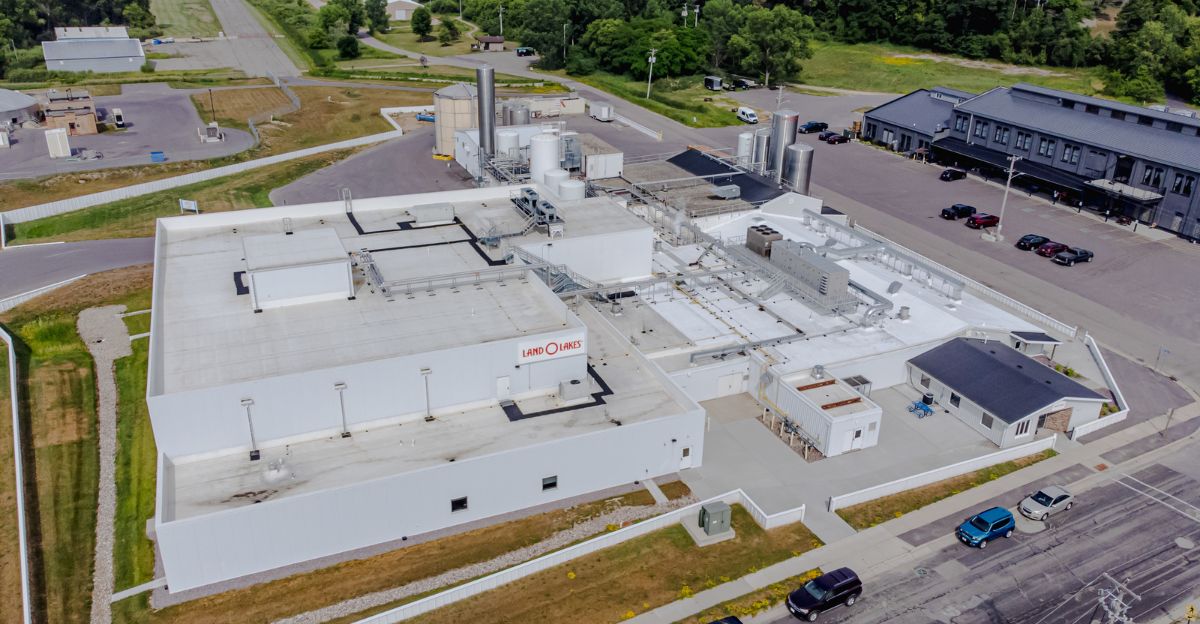
Major companies are cutting staff as the agricultural crisis deepens. Land O’Lakes folded its Truterra sustainability division into other units, laying off ~30 employees after the USDA reduced a $96 million grant to $15 million.
Secretary Brooke Rollins labeled the climate-smart commodities program a “climate slush fund.” With shrinking federal support, other agribusinesses may face similar tough decisions.
Equipment Sales Plunge Amid Uncertainty
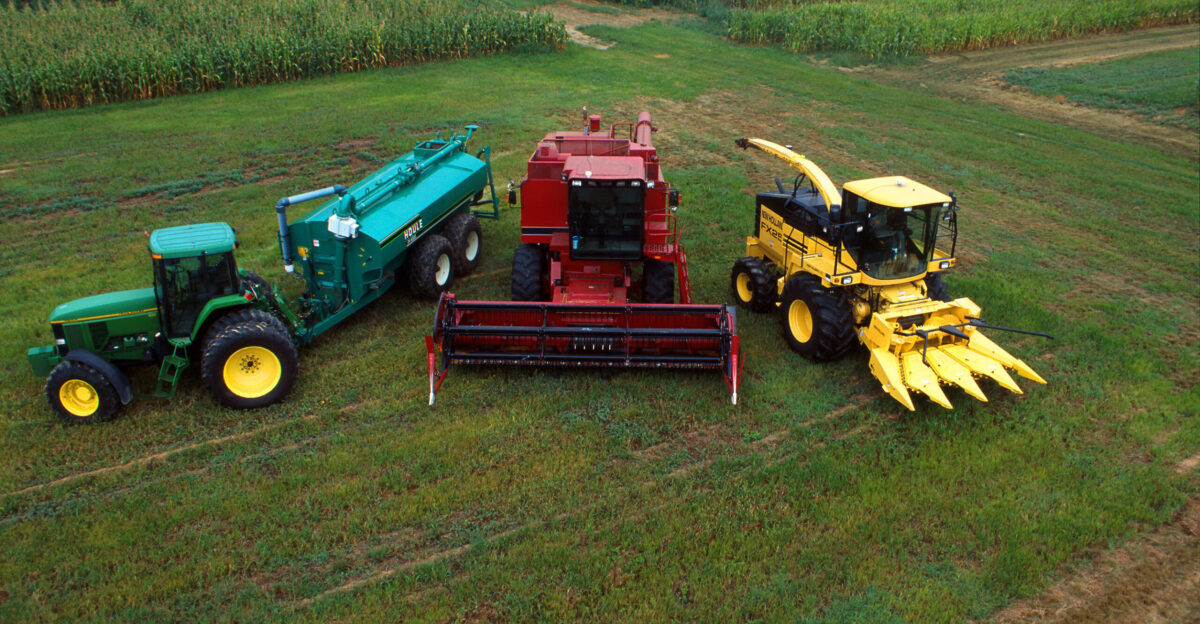
Farmers are delaying machinery purchases, driving equipment sales down. U.S. tractor sales fell 8% year-over-year and combine sales plunged 40% in September . AGCO, CNH Industrial, and John Deere all reported double-digit revenue declines, with workforce reductions following.
Farmers are turning to used equipment and retrofitting as uncertainty over tariffs, trade, and biofuels grows.
International Trade Ripples
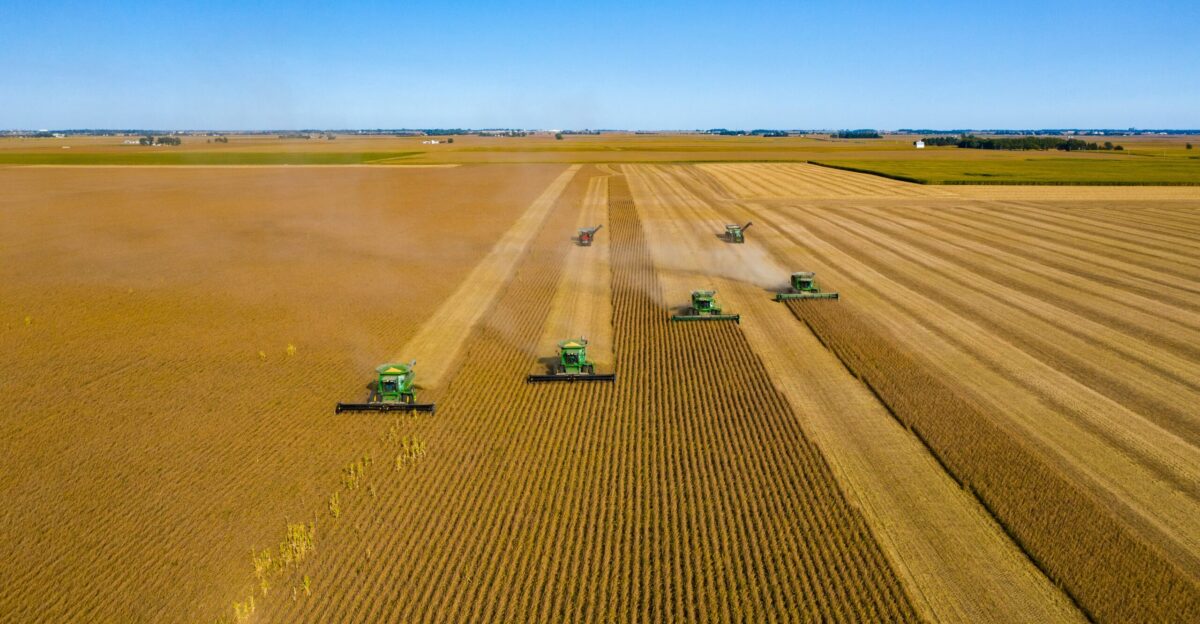
Global soybean trade shifted sharply as China stopped buying U.S. soybeans, importing zero in September for the first time since 2018. Brazil shipped 63.7 million tons and Argentina surged 31.8%, capturing billions in new exports. U.S. farmers lost $5.7 billion through October , while the agricultural trade deficit is projected at a record $49 billion.
As the U.S. loses ground to cheaper competitors abroad, questions emerge: how long can American farmers sustain global market relevance under escalating tariffs?
Storage Crisis and Human Toll
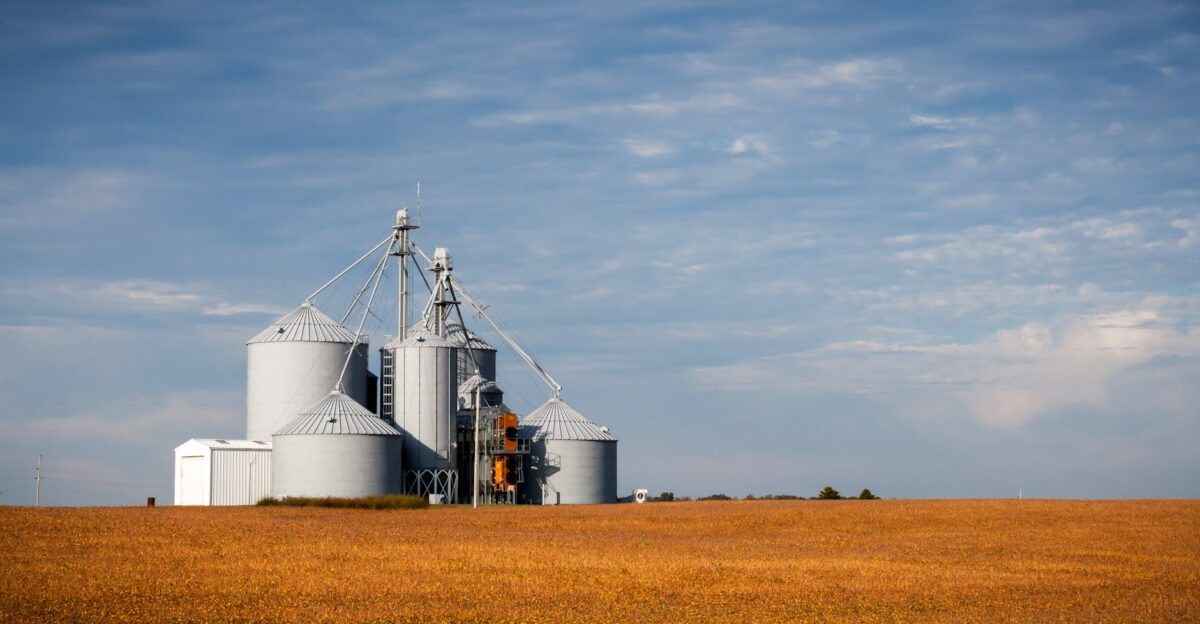
Farmers in Iowa, Illinois, and Ohio face overflowing silos and crops left on bare ground due to collapsed export markets. Corn reached 16.7 billion bushels and soybeans 4.3 billion, but September prices fell below breakeven, squeezing margins. ADM idled processing plants, forcing full trucks to wait, while Chapter 12 farm bankruptcies surged 96% in Q1 2025.
Rep. Shontel Brown warned on April 29: Trump’s tariffs are “hurting farmers and communities across America,” highlighting the growing human and economic strain.
Federal Aid Stalled by Shutdown

Emergency bailouts of $10–$14 billion were proposed for soybean farmers, but the October 1 government shutdown froze USDA low-interest loans and relief funds for over three weeks. Yesterday, Secretary Brooke Rollins resumed core Farm Service Agency operations and released $3 billion from the Commodity Credit Corporation.
Even so, total aid needs could reach $35–$50 billion, raising questions about whether federal interventions will be enough to stabilize farm operations.
Rising Debt and Economic Pressure
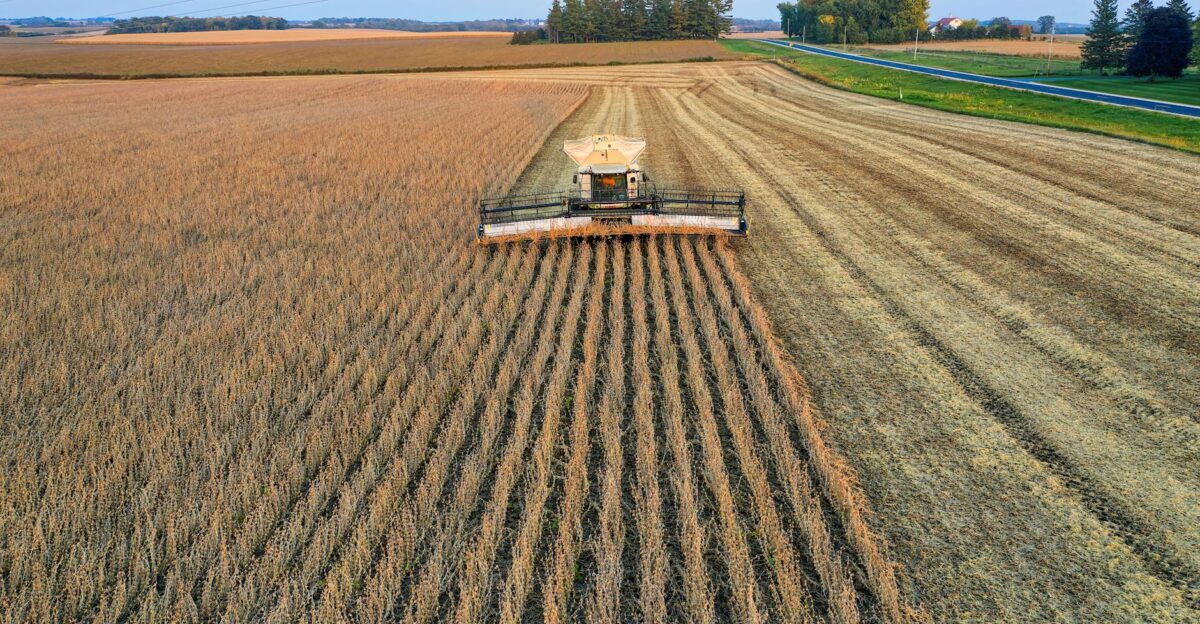
Chapter 12 farm bankruptcies surged to 259 filings between April 2024 and March 2025, nearly doubling Q1 2024 levels. Farm debt hit $561.8 billion in 2025, with interest expenses climbing 73% since 2020. Operating loans now carry 7–9% rates, increasing financial strain, especially in Iowa and Arkansas, where up to a third of farmers may face insolvency.
With production costs rising $12 billion year-over-year, depressed commodity prices, and shrinking exports, the agricultural crisis risks broader economic instability across the Midwest and Southeast.
Winners and Losers Emerge
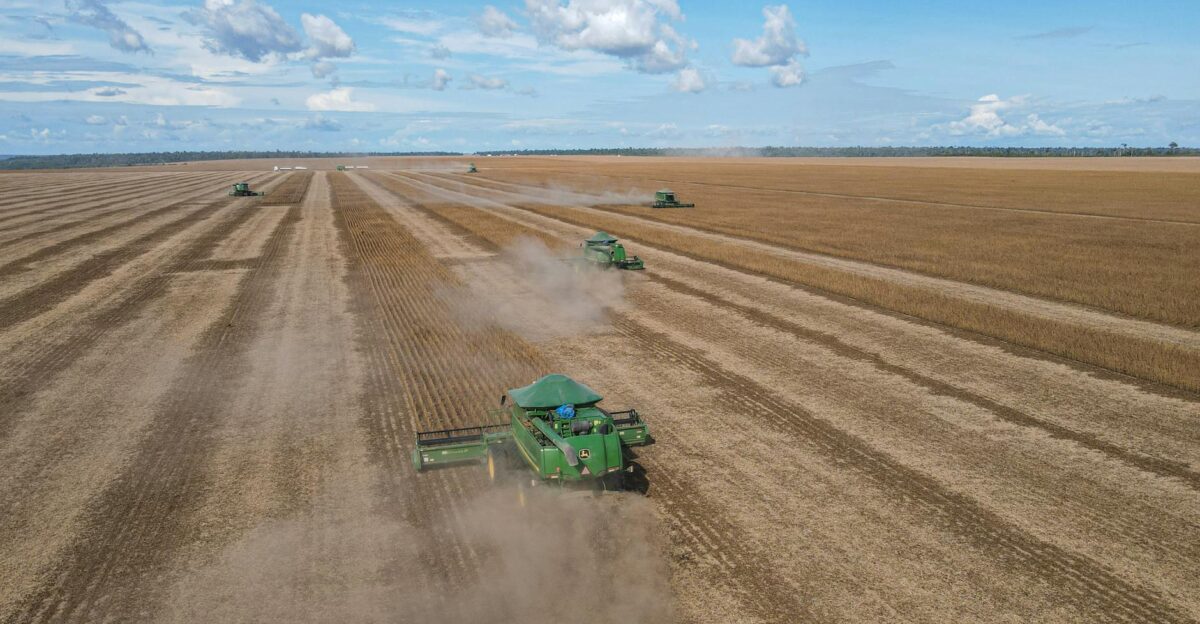
Brazil and Argentina are capitalizing on the U.S. market collapse. Brazil’s 2025 soybean exports are set to exceed 102 million metric tons, supplying 63–65% of China’s imports. Argentina’s exports jumped 31.8%, with nearly 10 million tonnes lined up for early 2026 shipments.
Meanwhile, U.S. rural banks and agricultural lenders face rising stress. Iowa alone recorded 12 farm bankruptcies so far this year, with debt and interest expenses surging, straining local economies dependent on farming. How far could these ripples extend?
Deepening Crisis and Policy Challenges
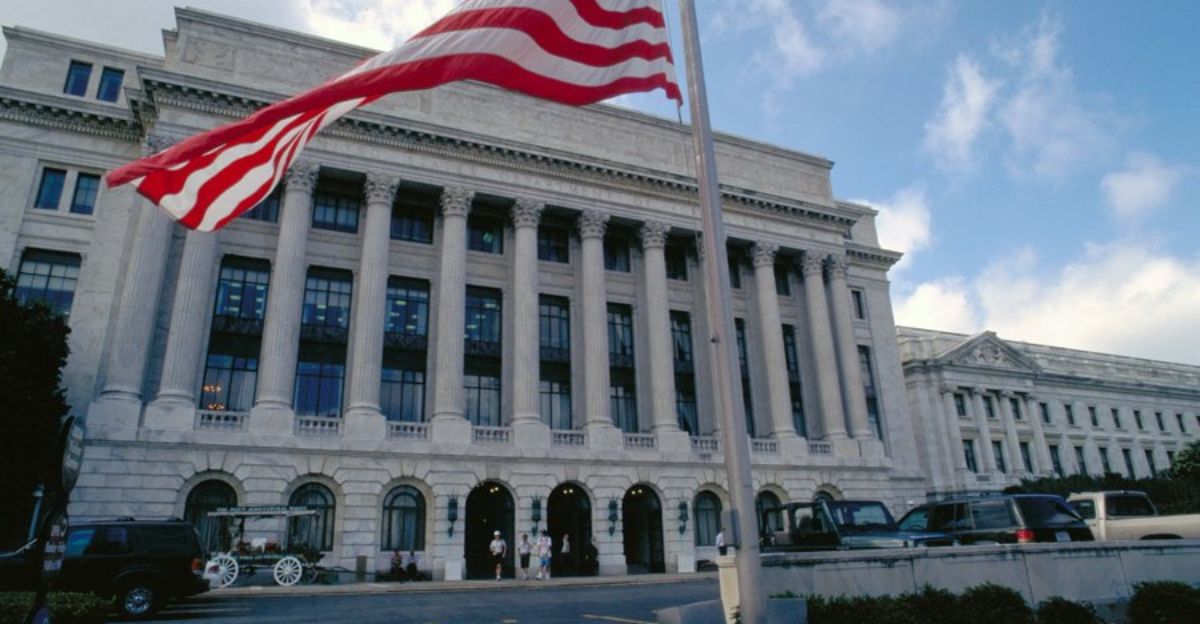
The Trump administration’s proposed $10–$14 billion bailout faces obstacles: congressional restrictions leave only $4 billion available, while tariff-based payments require approval. Trade talks with China remain stalled.
With 259 Chapter 12 farm bankruptcies between April 2024–March 2025 and $561.8 billion in farm debt, systemic risks are rising. Will emergency aid and negotiations restore stability, or are long-term structural shifts reshaping U.S. agriculture permanently?
The Crossroads for American Agriculture
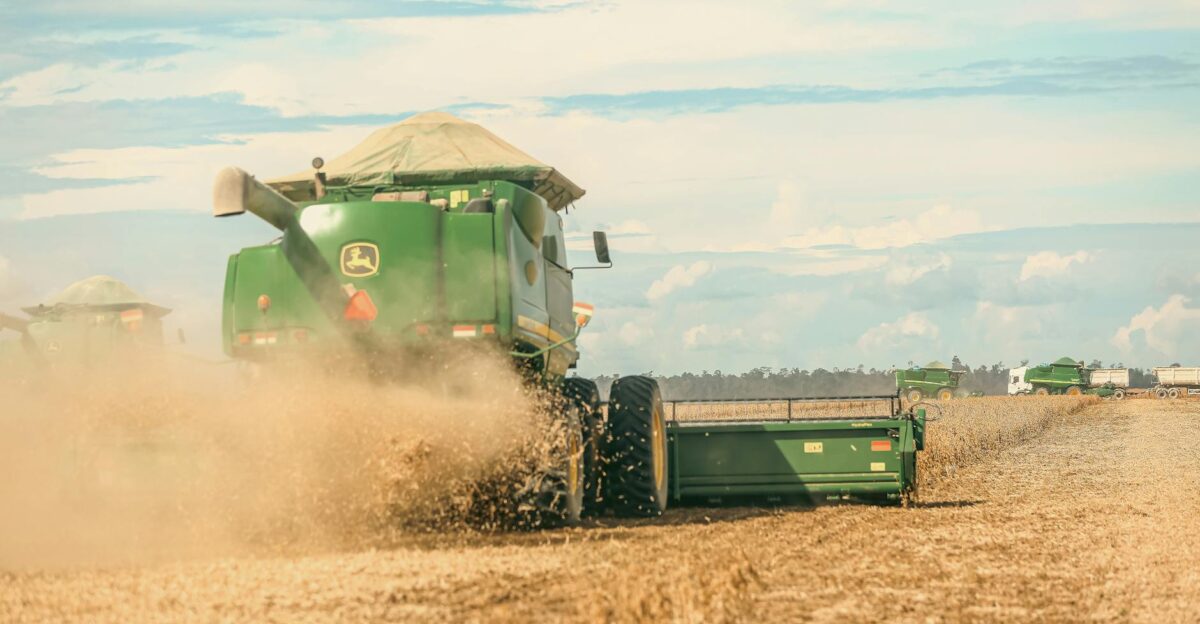
The U.S. agricultural sector faces a pivotal moment. Surging farm debt, record bankruptcies, and lost export markets collide with global competitors filling the void left by American soybeans.
Policymakers, farmers, and investors confront urgent choices: bailouts, trade negotiations, and diversification strategies could stabilize markets—or the crisis may accelerate structural shifts, permanently altering rural America’s economic landscape. The coming months will decide whether recovery is possible or if a long-term realignment is underway.